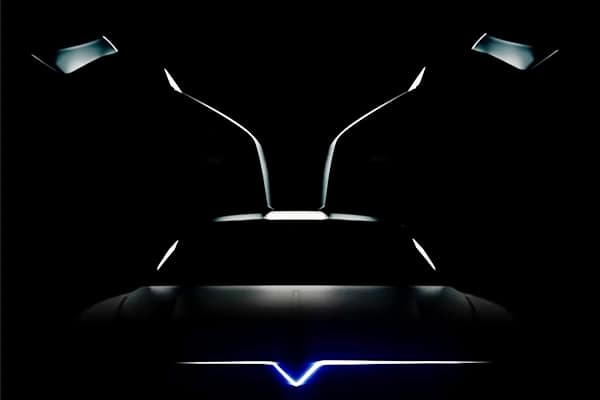With outrageous paint, high-end interiors, and hydraulics to adjust the ride height or even make them hop, you can't ignore the modern lowrider. This thriving automotive subculture has been around for decades, and even pre-dates the Chevrolet Corvette. Some of you are probably familiar with lowriders, but you might not know about the fascinating history and engineering behind these unique custom vehicles. Let's take a look at how lowriders have become a part of American culture.
How it all started
Lowriders got their start back in the day, just after World War II. The post-WWII economic boom of the '50s created a perfect storm of a lot of young people with surplus cash and a large used car market just waiting to be picked over. The hot rod craze was just blowing up, and the custom car scene emerged as a separate subculture.
Rather than stripping down the weight and increasing horsepower, custom cars were all about bright paint and unique modifications, including a lower than factory height. This was accomplished with cut springs and smaller diameter tires. Interestingly, the first lowered cars of the custom scene were only dropped up front. The rear was factory ride height, giving them quite a rake.
Like many American trends, the epicenter of the lowrider craze was LA and can even be traced to a few streets in East LA. Hollywood types started buying up fancy custom cars, while the Mexican-American kids of Whittier Boulevard turned to the junkyards for upgrade parts and were first to drop the rear by adding cement bags or bricks in the trunk. Soon, enthusiasts formed clubs and cruised the streets as a low and slow mobile car show.
Counter-culture clash
Now, there were some who weren't on board with the lowrider trend, and they decided to put a stop to these unusual cars through legislation. Lowriders became illegal when any part of the fender sat below the wheel rim. Traffic citations in the name of safety were thought to be enough to deter potential lowriders. But LA car customizer Ron Aguirre came up with a solution to this problem by placing a piston between a spring and the frame. Sitting inside the vehicle, he could adjust the ride height from pavement scraping to factory legal in just a few seconds. Aguirre had created hydraulics.
The trend grows up
Lowriders adapted to a new style in the early 1960s. The lower, longer, and wider cars became perfect candidates for customization. The Chevrolet Impala was a favorite even back then, due to more than just its good looks. With a relatively small x-frame underneath and massive fenders, the Imp can accept all kinds of wheels and has plenty of space for hiding hydraulic components. It's a blank canvas waiting for personalization.
Speaking of, in the '70s, lowrider enthusiasts began adding huge hand-painted murals to their vehicles. While this added another custom touch of cool, it was unfortunately also applied to the full-size van trend of the era. While it looks odd today, the large vans did provide ample space for family, religious, or fantasy mural scenes, while widening lowrider appeal. Lowriders have diversified over the years, adding rockabilly, rat rod, and women's Pachuca styles. They're arguably more popular than ever, even though they may still run into problems in some states when it comes time for inspection. The lowrider's rebel attitude ties into car culture as a whole, while remaining a unique piece of Americana. In fact, it's so unique that someone with a Ph.D. wrote about it. So for a great, in-depth account of 60+ years of lowrider history, check out this book by Charles Tatum.
What do you think about the lowrider style? Tell us in the comments.












